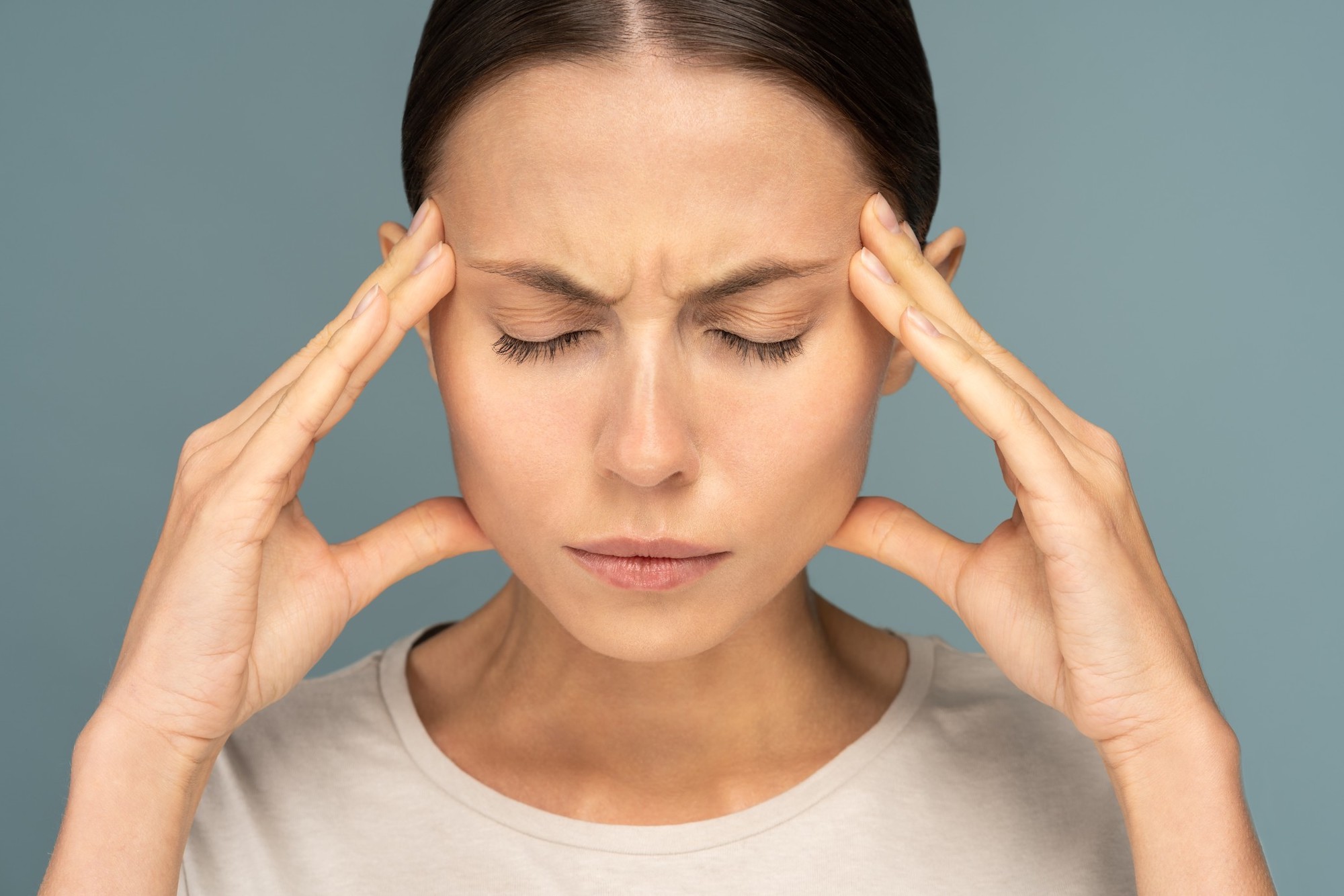
WMMC Primary Services
Family Practice Clinics
Internal Medicine Clinics
Pediatrics

What is Botox®?
Botox® is an FDA-approved chronic migraine preventative treatment. This treatment is administered every three months across seven specific head and muscle areas.
Who qualifies for treatment?
You must receive a diagnosis for chronic treatment in order to qualify. Chronic migraine is a serious condition. It’s distinguished by 15 or more headache days a month, eight or more migraine days a month, with headaches that last at least four hours for at least three months. Unlike acute medications, which are used to treat a headache or migraine after it’s begun, preventive treatments are taken on a schedule to prevent the headaches and migraine attacks before they even start.
What are some signs and symptoms of migraines?
Migraines are typically unilateral and last four or more hours. They will typically have characteristics such as stabbing pressure, throbbing, and tightness, as well as nausea/vomiting and sensitivity to light/smell. Patients may also experience an aura before migraines, such as visual disturbances, numbness, or difficulty talking.
How do you know if Botox® is right for you and your migraines?
If you suffer from chronic migraines and have tried other preventative therapies with little to no relief, Botox® may be a good option for you.
Do you need a referral for this service or can you make an appointment by contacting WMMC’s Non-Interventional Pain Clinic?
A referral is required for Botox® treatment. Patients will need to make an appointment for a consultation to see if they qualify before the procedure can be scheduled.
What should you expect during the procedure?
Patients should expect 31 injection sites done with a very small needle. They will lay on the stomach and then back for the procedure. Loose clothing is recommended for the procedure because the tops of the shoulders need to be accessed for some of the injection sites. Seven specific head and neck muscle areas will be targeted, including the back of the head, base of skull, shoulders, above the ears, and forehead.
Are there any side effects patients should be cautious of?
Side effects of Botox® for chronic migraine include injection site pain, eyelid ptosis, and neck pain. Neck pain is one of the most common Botox® side effects, which is experienced by 9 out of 100 patients.
Is there any recovery time needed?
No recovery time is needed after the procedure. The only restriction following the procedure is to be careful not to rub the injection sites for 24 hours following the procedure.
How often should someone come in for treatment?
Botox® treatments are administered every three months with patients typically seeing benefit/improvement after the second visit.
Does insurance cover this treatment?
All insurances have different criteria that need to be met. But typically it is approved by insurance
Is there anything else you can tell us about this treatment?
Botox® was the first FDA-approved preventive treatment for chronic migraine. Since its FDA approval in 2010, 4.2 million Botox® treatments have been given to more than 600,000 people with chronic migraine.